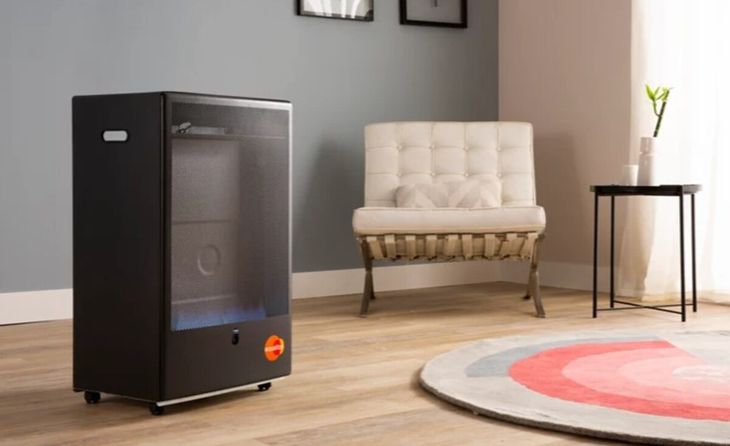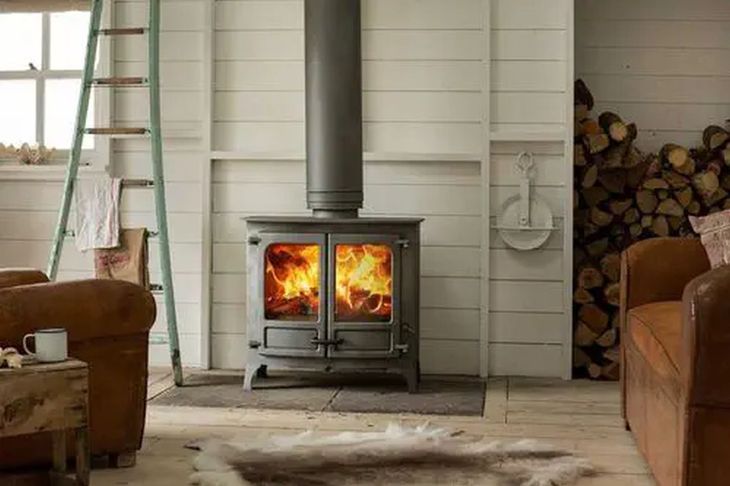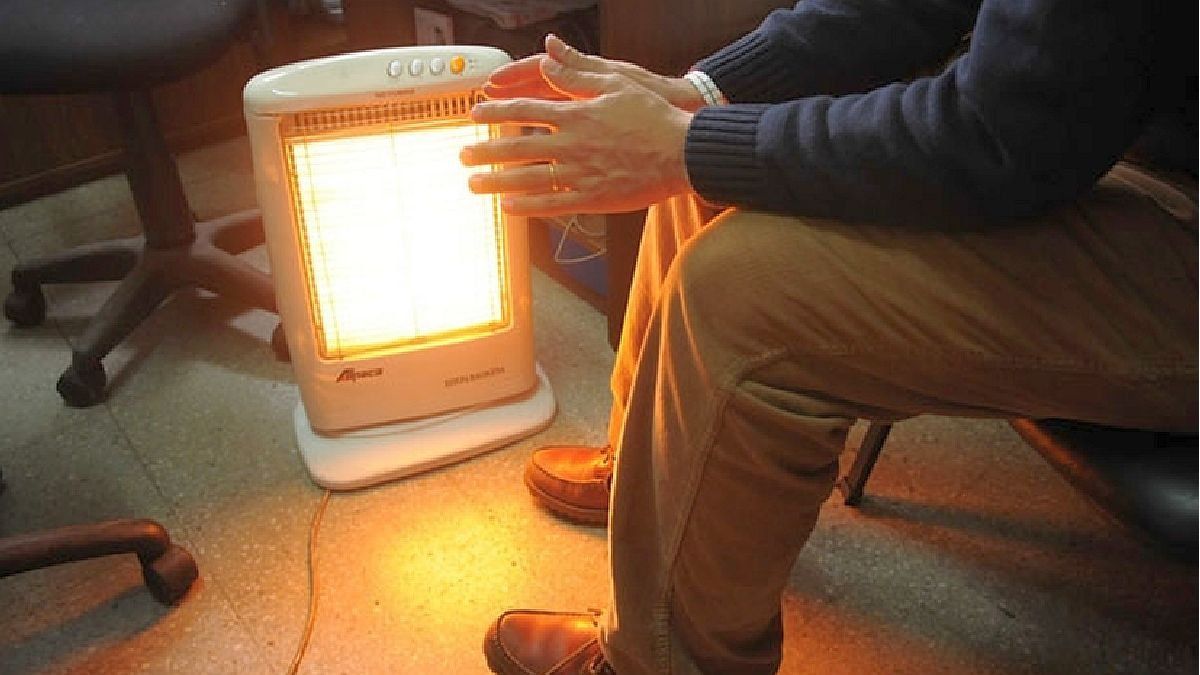Gasistas recommend cleaning and maintenance every year. Know the prices to fix the heating devices in the middle of the season.
Looking at the beginning of the winter in the country and the low temperatures that make themselves felt, the importance of properly maintaining and installing the heating appliances. In this way, you will avoid accidents and poisoning by carbon monoxide.
The content you want to access is exclusive to subscribers.
With the arrival of the season, specialists recommend revision once a year, preferably in the summer months. The latter is suggested to avoid a collapse in the demand for these jobs and for maintenance or cleaning to be done before the season.


gas stove.jpg

It is essential that these interventions be carried out by a licensed professional, since in most cases the problems arise from work carried out by acquaintances, relatives or people who are dedicated to doing it without specialization in natural gas.
registered gas operators
The official page of ecogas offers a search engine that works by proximity. When entering the address, it shows you the professionals close to your area.
This is a list of specialists who registered and declared their address. “The user can request the registration number and check with Ecogas if he is an effectively registered professional,” they clarified from the website.
How much does the winter appliance service cost?
- Kitchen installation: starting at $10,200
- Infrared heater installation (without exit to the outside): from $9,600.
- Balanced shot heater installation (with exit to the outside): from $15,300.
- Vertical balanced draft heater installation (pipe embedded in the wall): from $21,700.
- Natural draft heating installation (galvanized pipe that goes to the ceiling) starting at $19,000.
- Balanced shot heating installation (with exit to the outside): from $30,000. It can even reach $60,000 depending on the model.
These prices vary depending on the job and the area where you work.
Stove.jpg

gas loss
CO2 is considered a silent killer, which is unleashed by poor combustion in appliances. A simple indicator to check is the color of the flame, which should be blue. If it is orange or yellow, it means that there is not enough oxygen in the environment or the device is not having the correct gas evacuation.
Another indicator of a malfunction is the color of the wall on which the device is installed. If it presents a black color, it is an alarm sign.
Source: Ambito




